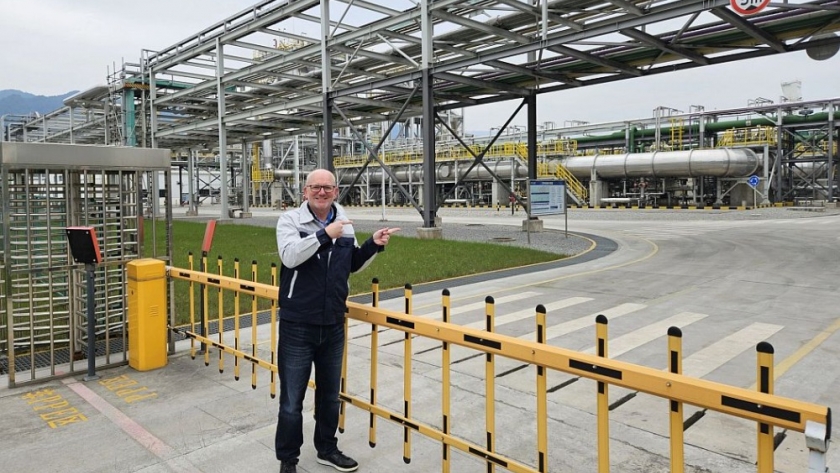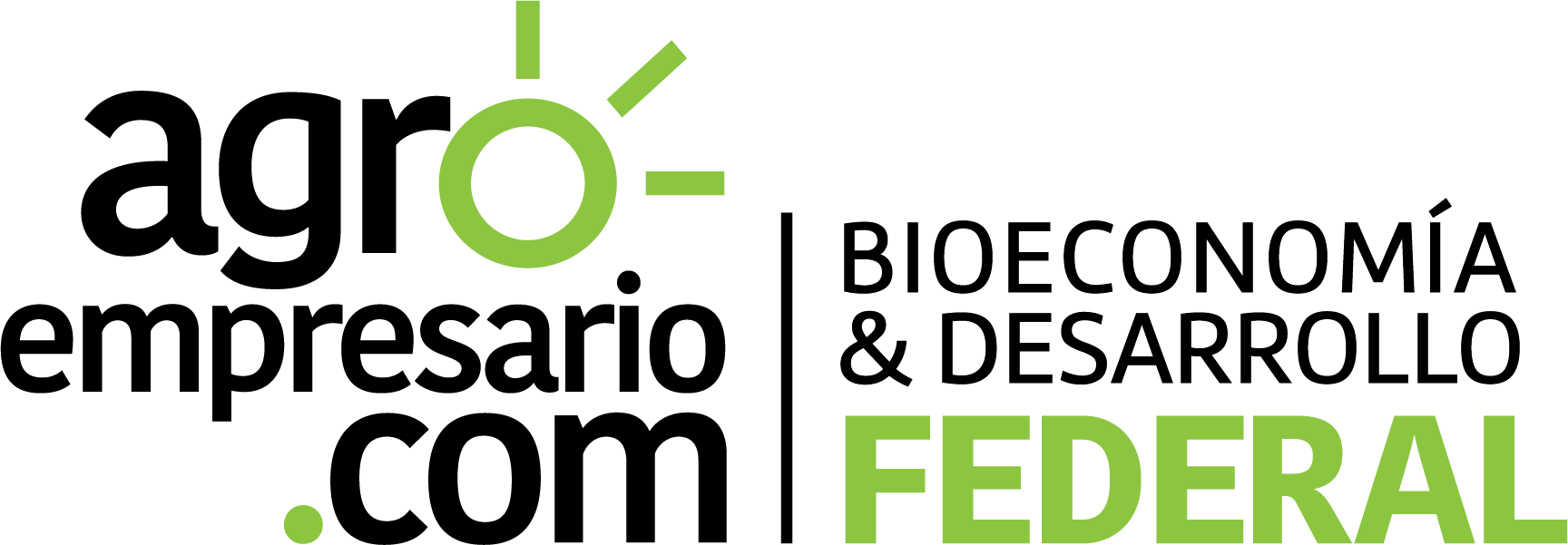
By Agroempresario.com
Gas fermentation, a method utilizing gases like methane instead of traditional sugars for fermentation, is attracting attention as a potential game-changer. By cutting costs and reducing dependence on arable land, this technology promises to make food and feed production more sustainable. But is gas fermentation really the next big thing, or does it face significant limitations?
Though initially developed for fuel and chemical production, gas fermentation is gaining traction within food and feed sectors. Several startups, including Circe, Solmeyea, and Air Protein, are experimenting with this process. One of the major players, Calysta, has shifted its focus from ethanol and chemicals to food and feed production, leveraging methane to produce protein-packed bacteria for animal feed.
The main appeal of gas fermentation lies in its cost-effectiveness. Using methane instead of glucose for microbial growth eliminates some of the traditional fermentation challenges, including feedstock expenses, contamination risks, and the need for constant sterilization. This offers a more sustainable and scalable solution for food production.
In an interview with Dr. Geoff Bryant, Calysta's Chief Technology Officer, we gain insights into their innovative process. Bryant, who has extensive experience with companies like Quorn and Mars, discusses how methane is used as both the carbon and energy source for Calysta’s protein-rich bacteria, known as methanotrophs. These microbes, which have been around for billions of years, feed on methane and grow at high rates, allowing for continuous and scalable production.

Calysta’s fermentation process operates at high temperatures, which helps maintain sterility, ensuring that only the desired microbes thrive. The bacterium can continuously replicate, making the process highly efficient. Additionally, Calysta’s bacteria are grown in a continuous manner, with the fermenters capable of running for weeks, producing substantial protein yields.
While the technology is promising, challenges remain. The process relies on natural gas as a methane source, though Calysta aims to switch to synthetic methane derived from carbon dioxide and renewable energy. This shift will reduce the carbon footprint and further contribute to the sustainability of the technology. However, scaling up the production of renewable methane and ensuring its cost-effectiveness remain obstacles.
The potential for gas fermentation to make a significant environmental impact is clear. The technology can produce high-quality protein with minimal land and water use, which is particularly beneficial for aquaculture and pet food industries. Calysta has already established a plant in China to cater to the rapidly growing aquaculture market, and plans to expand into the pet food sector in Europe and the US.
Although gas fermentation is not yet widely used in human food production, Calysta is working on obtaining the necessary approvals and sees potential for its application in products like pasta and bread. With its high protein content and rich micronutrient profile, this technology could offer a sustainable alternative to traditional animal protein sources.
Investors are increasingly interested in gas fermentation, particularly as Calysta showcases the success of its Chinese plant. As the technology progresses, it may soon revolutionize the way we produce food and feed, offering a more sustainable and scalable solution for the future.
In conclusion, while gas fermentation may face some hurdles, its potential to address sustainability challenges in food production makes it an exciting area of development. As the technology matures, it could significantly reduce the environmental impact of food and feed production, while creating new opportunities for both businesses and consumers.
